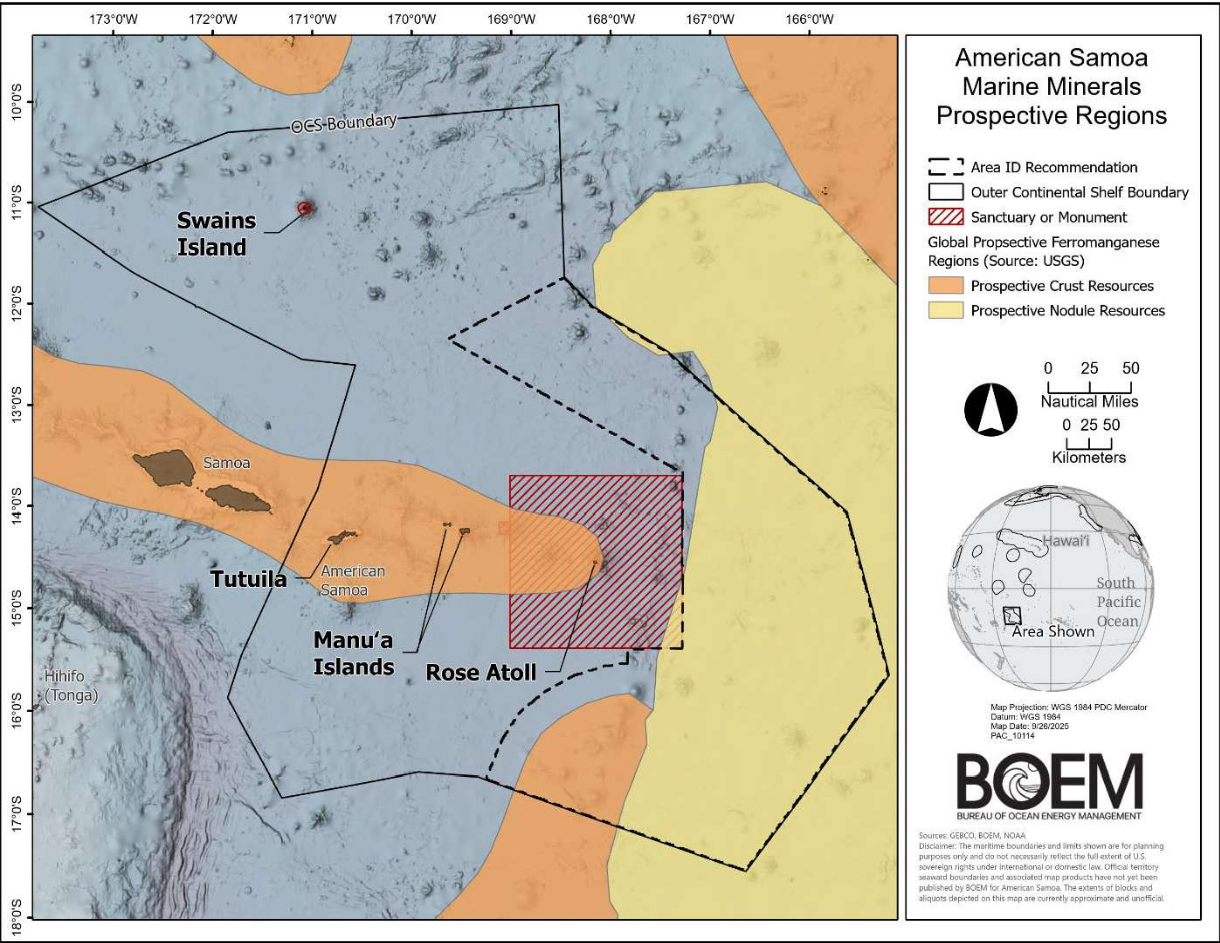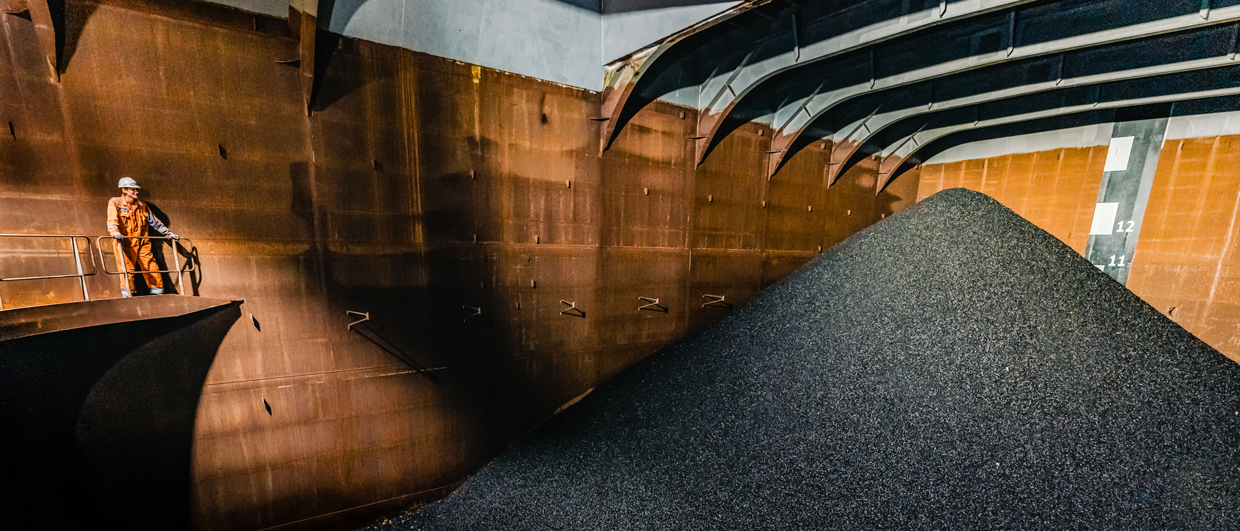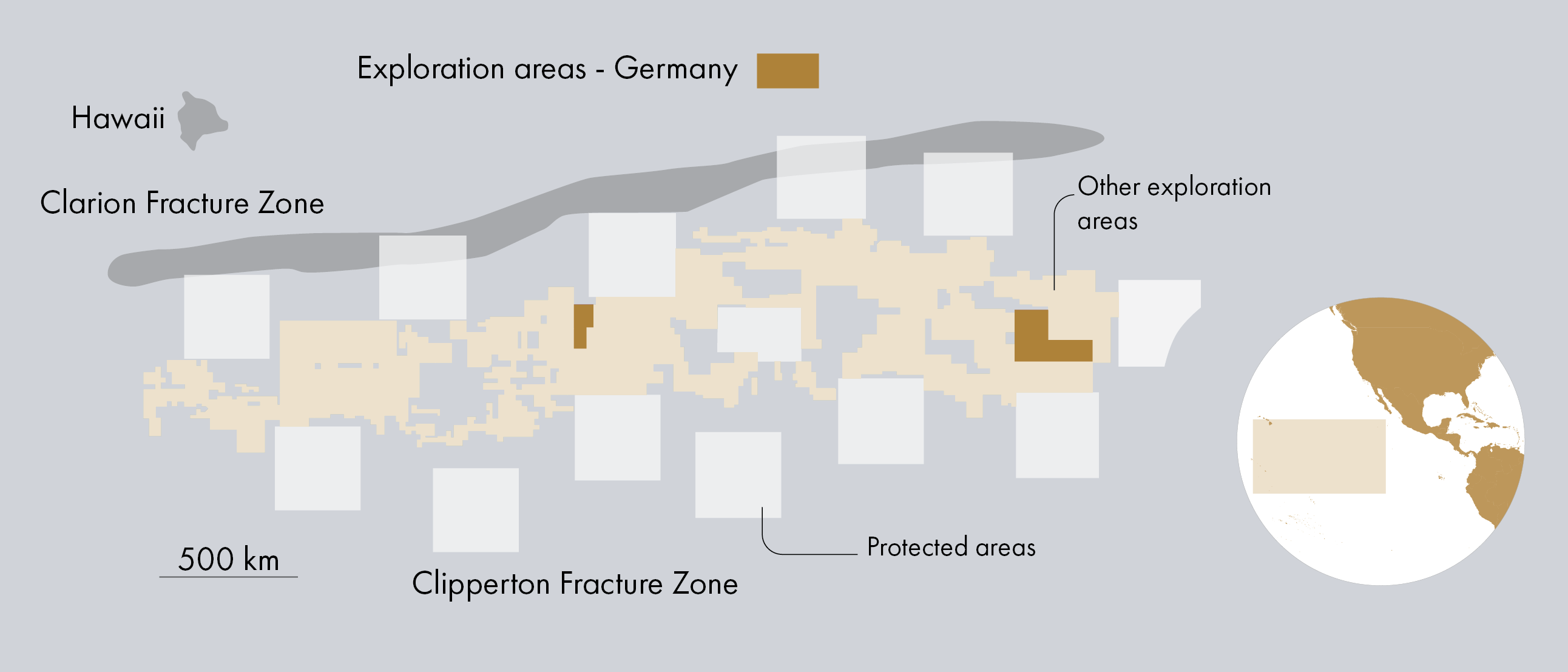The US Bureau of Ocean Energy Management (BOEM) has completed Area Identification offshore American Samoa, marking the first time US waters have reached this stage in the federal seabed minerals process.
The move is part of BOEM’s effort to evaluate leasing opportunities for critical minerals on the Pacific Outer Continental Shelf, following an executive order signed in April 2025. The order directs federal agencies to streamline permits for seabed mineral exploration under the Outer Continental Shelf Lands Act (OCSLA) and aims to secure minerals like nickel, cobalt, and manganese to reduce US reliance on foreign suppliers.
The newly identified area covers about 33 million acres (134,000 km2) of seabed at depths of 1,400 to 6,000 m, near the eastern edge of the American Samoa Exclusive Economic Zone (EEZ), bordering the Cook Islands.
It lies within the Samoa Basin, which contains widespread polymetallic nodules across most of the area, while ferromanganese crusts are concentrated in the southern part of the identified area, as well as in the central parts of the American Samoa EEZ. These deposits are enriched in nickel, cobalt, copper, manganese, and rare earth elements.

According to BOEM, the decision defines which tracts will now undergo environmental review to assess potential economic benefits and environmental impacts of future leasing.
“We are in the first step in the process of understanding the potential economic benefits and environmental impacts a lease sale would have for American Samoa. If done right, this could produce great economic return for our fellow Americans in the territory,” said Principal Deputy Assistant Secretary for Insular and International Affairs William Hague.
The process was triggered by an unsolicited lease request from Impossible Metals, a US-based deep-sea mining company developing robotic systems to harvest nodules selectively from the seafloor.
Impossible Metals is the first company to request a lease of critical minerals, but it is not the only interested party. During a public consultation in mid-2025, BOEM received multiple indications of industry interest in the region. Feedback supported expanding the original area of interest by roughly 15 million acres (60,700 km2) to the southwest.
In total, BOEM received over 76,000 public comment submissions in response to the Request for Information, including both support and opposition to commercial leasing. Local leaders, including the Governor and Congresswoman of American Samoa, raised concerns about environmental impacts, effects on fisheries and tuna industries, cultural heritage, and Indigenous rights.
Industry commenters provided input on leasing terms, royalty rates, and exploration strategies. BOEM considered all of these perspectives when formulating the Area Identification recommendation.
BOEM stresses that the Area Identification is not a decision to lease or mine, but the start of a detailed environmental assessment under the National Environmental Policy Act (NEPA). Any future lease sale would require additional public notice and further review.
While American Samoa now moves into environmental analysis, BOEM is also opening a Request for Information and Interest for the Commonwealth of the Northern Mariana Islands (CNMI) between November 12 and December 12, 2025, beginning the same process there.
Together, the two initiatives mark the first coordinated US push to evaluate seabed mineral resources across its Pacific territories and a significant step toward securing domestic supplies of critical minerals for clean energy and defence.




